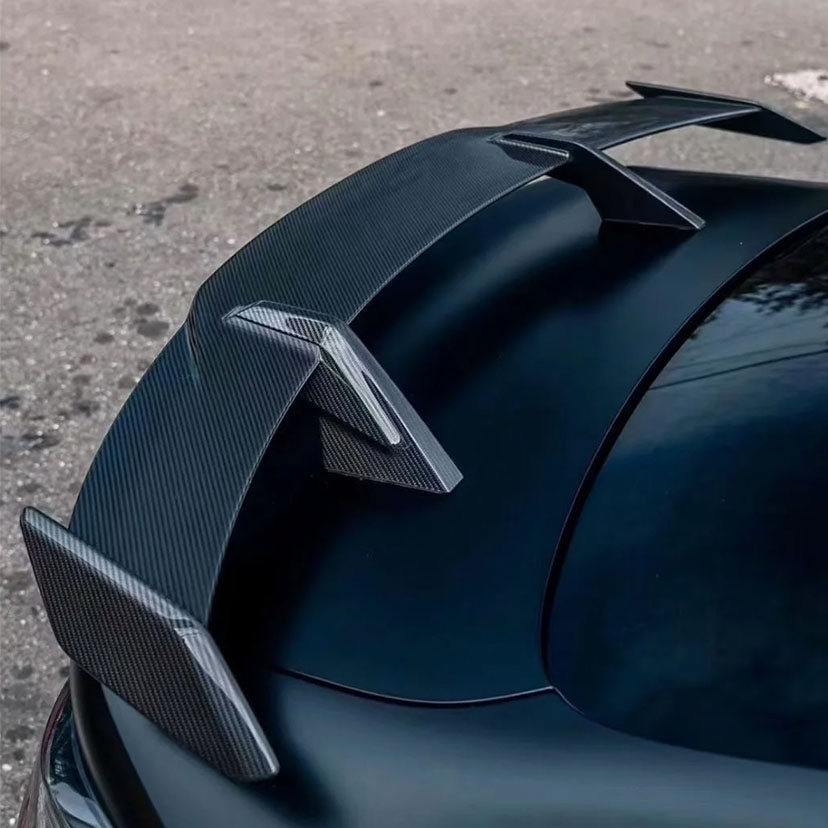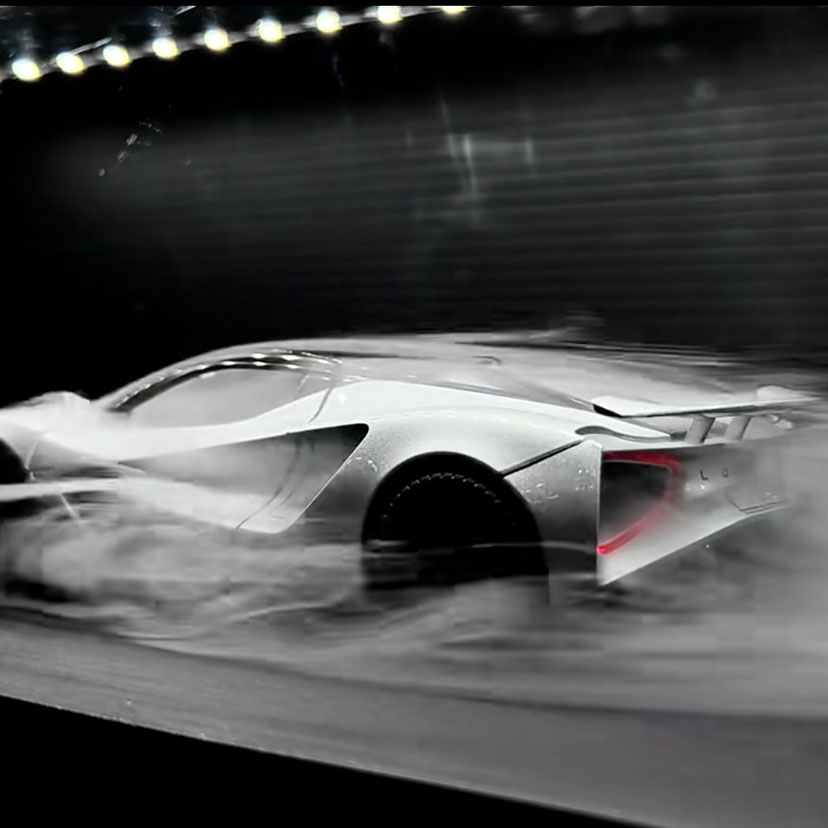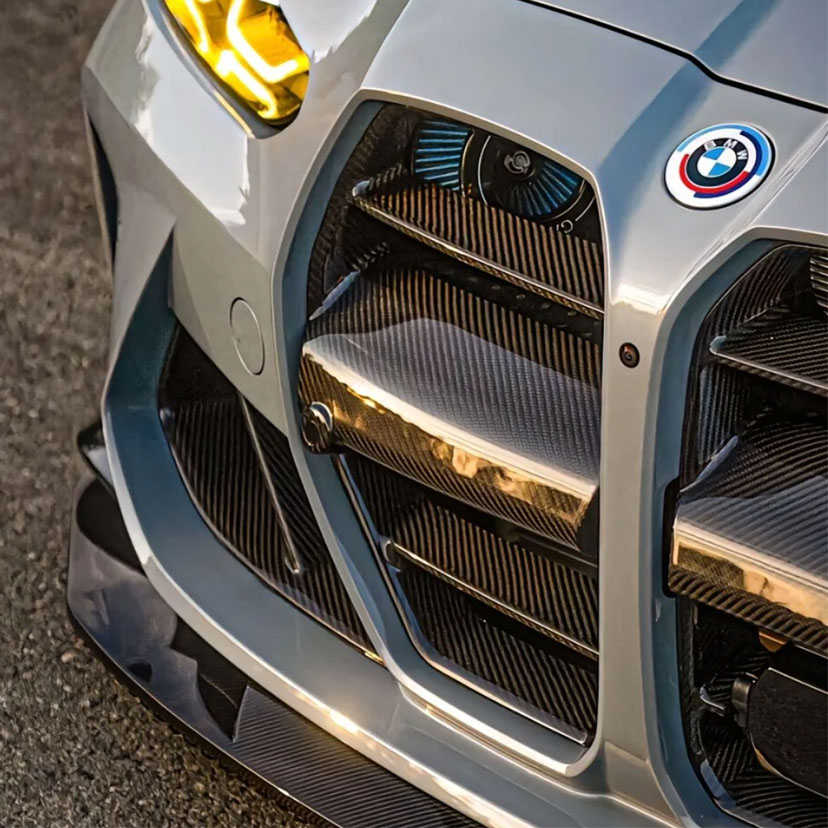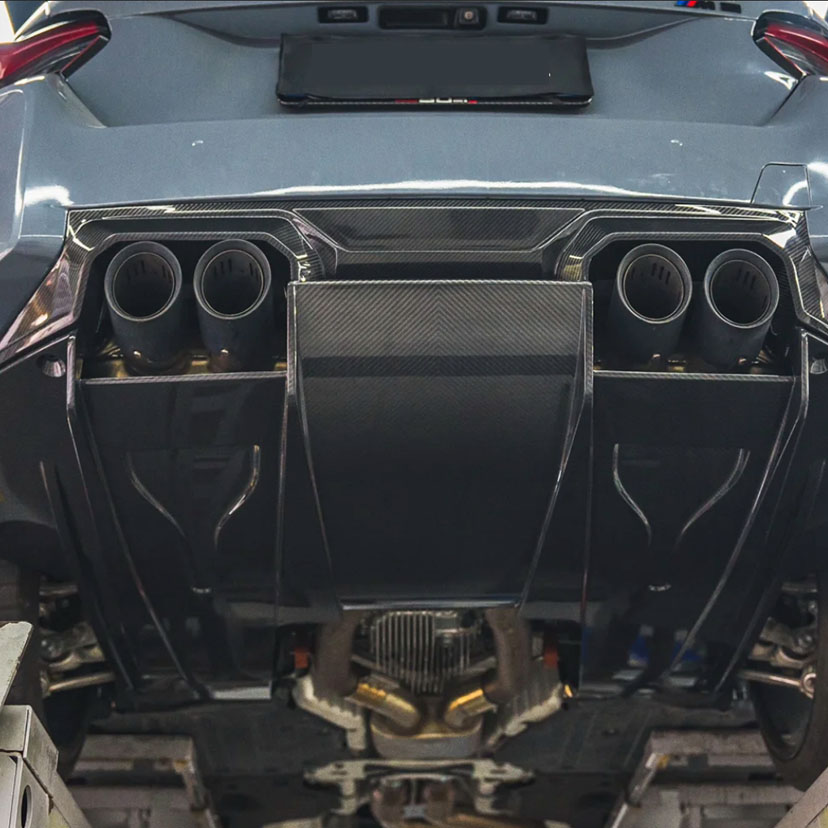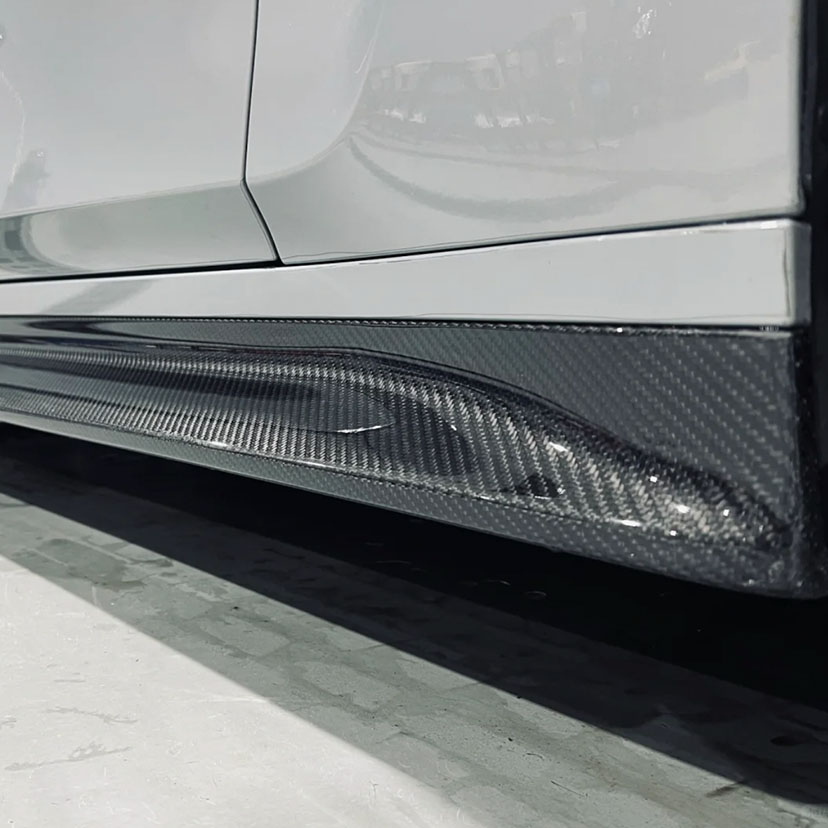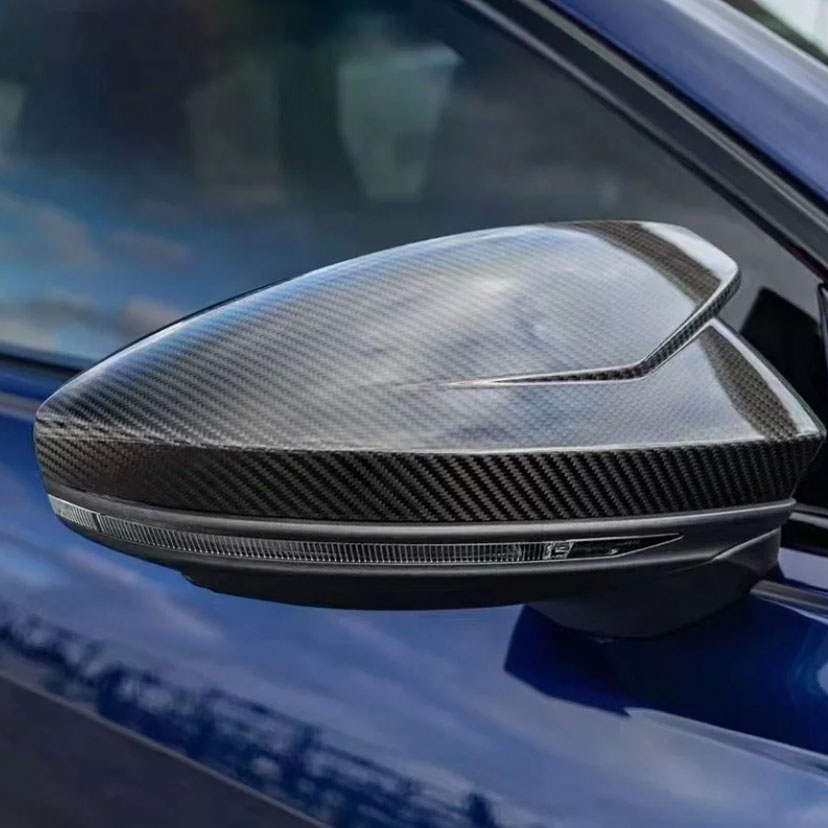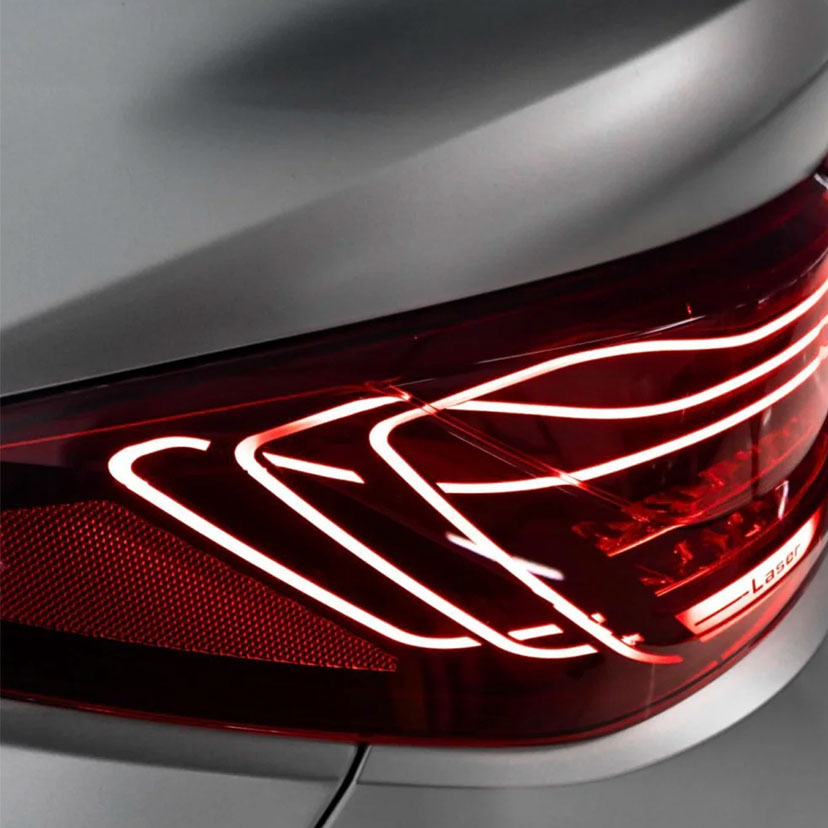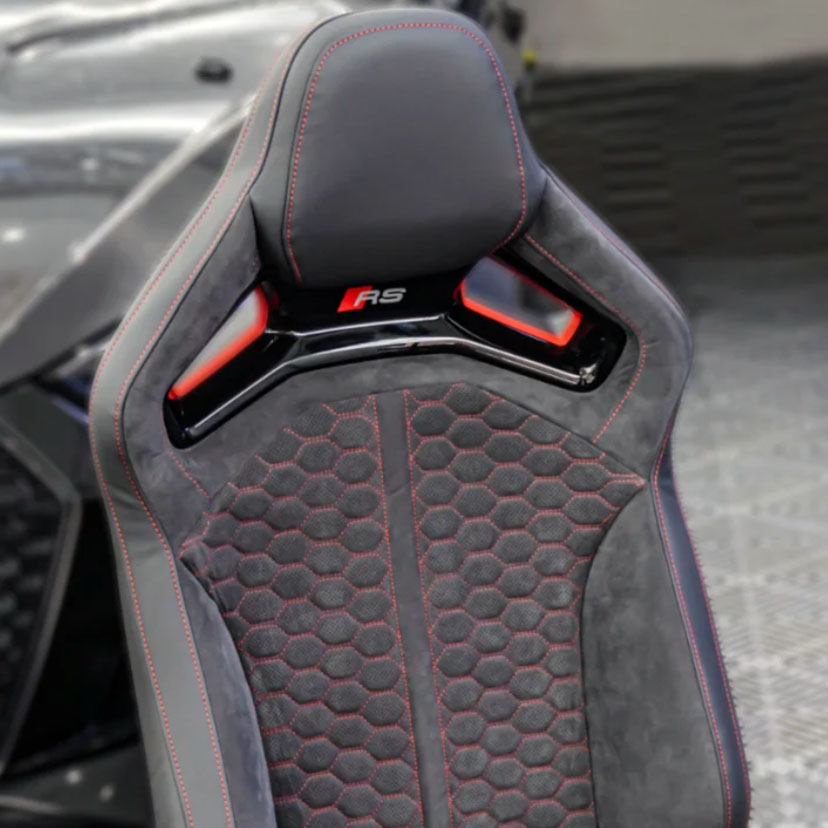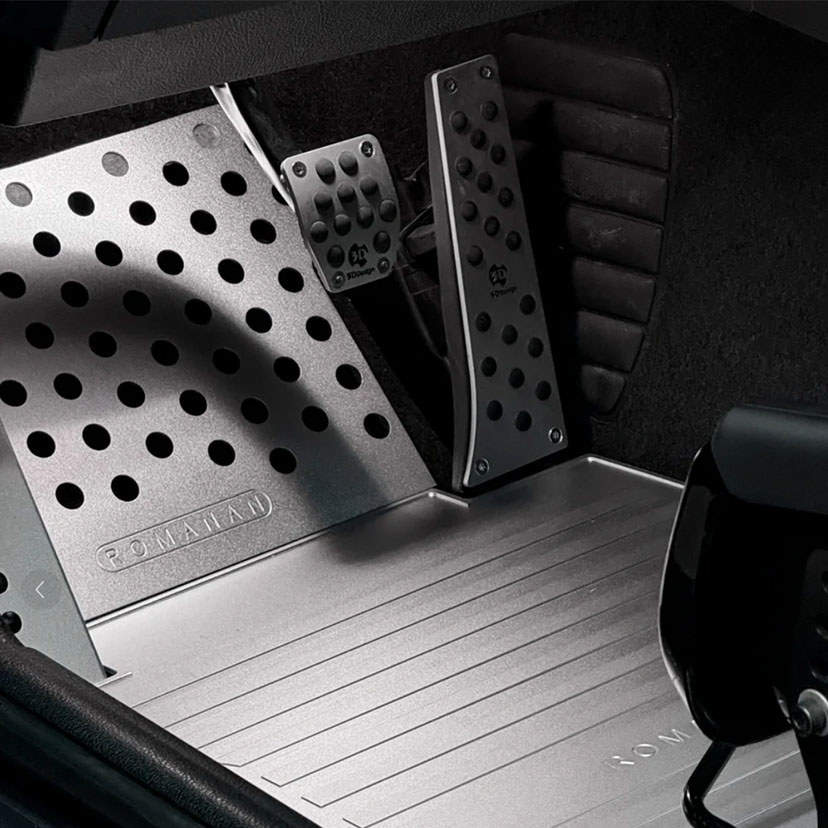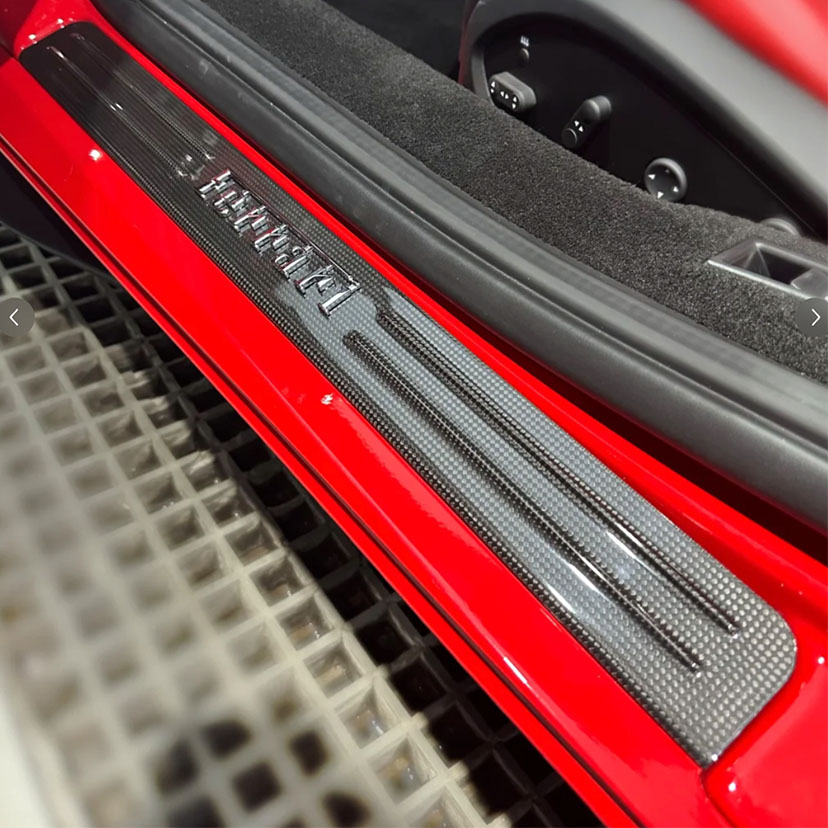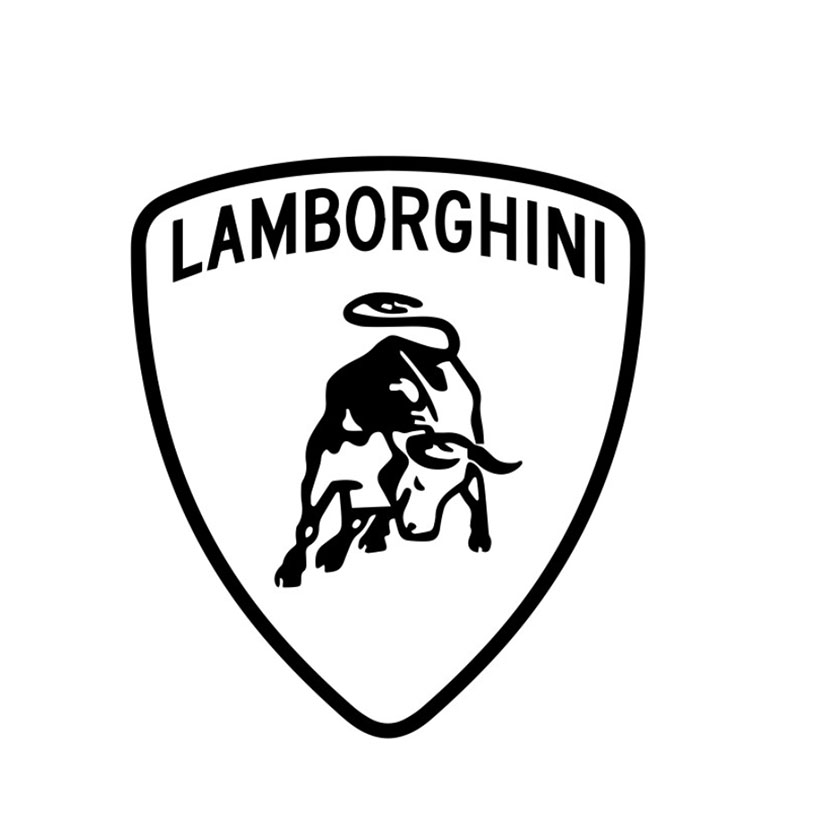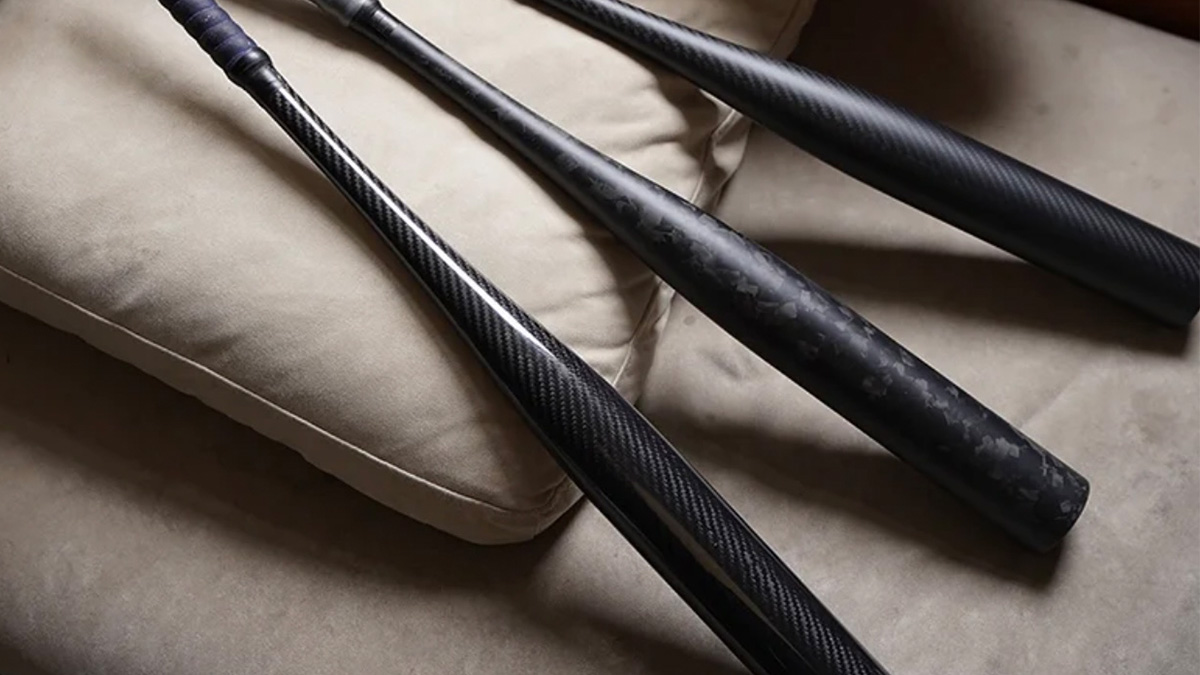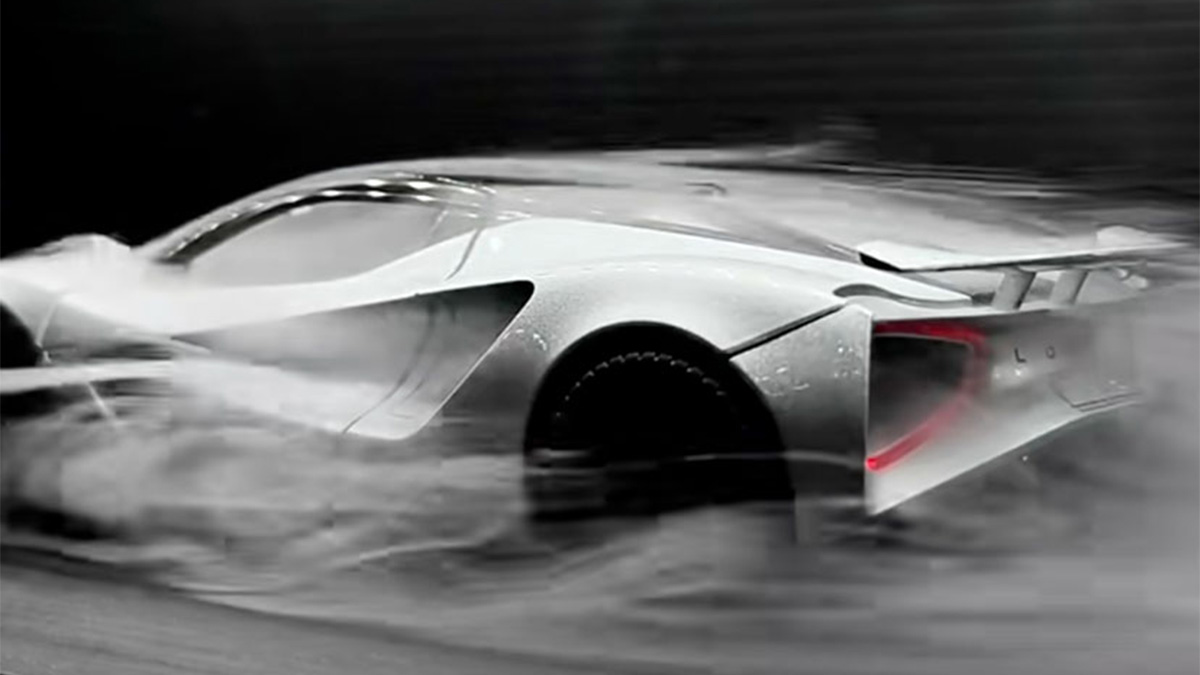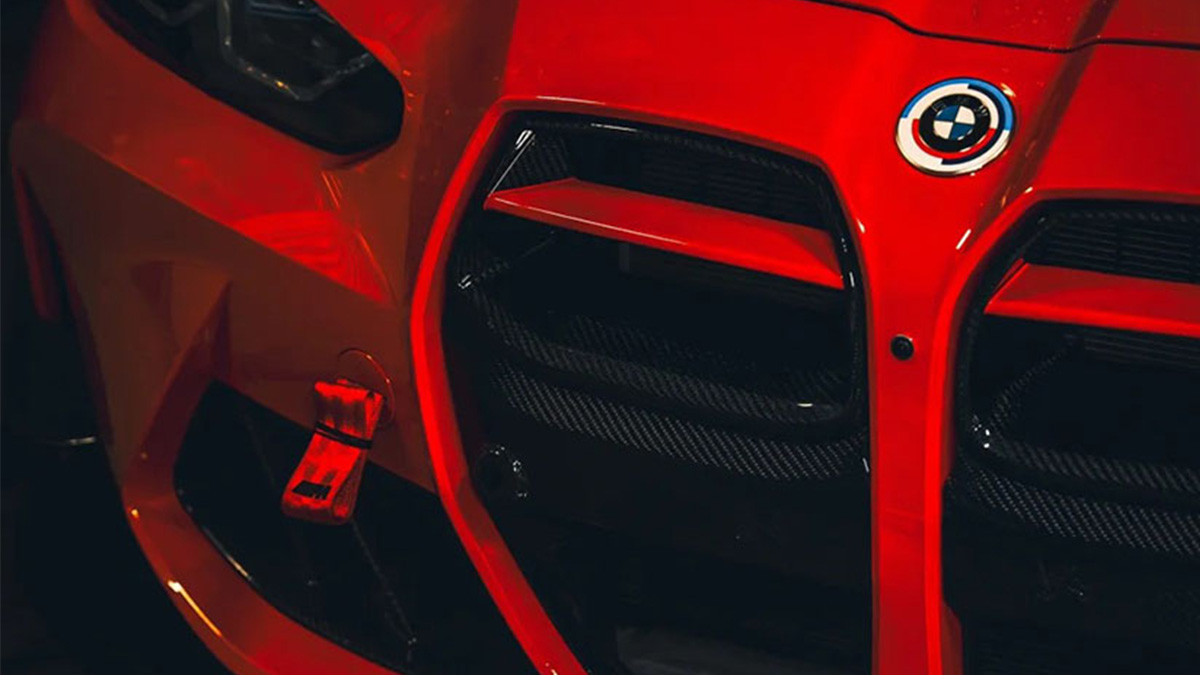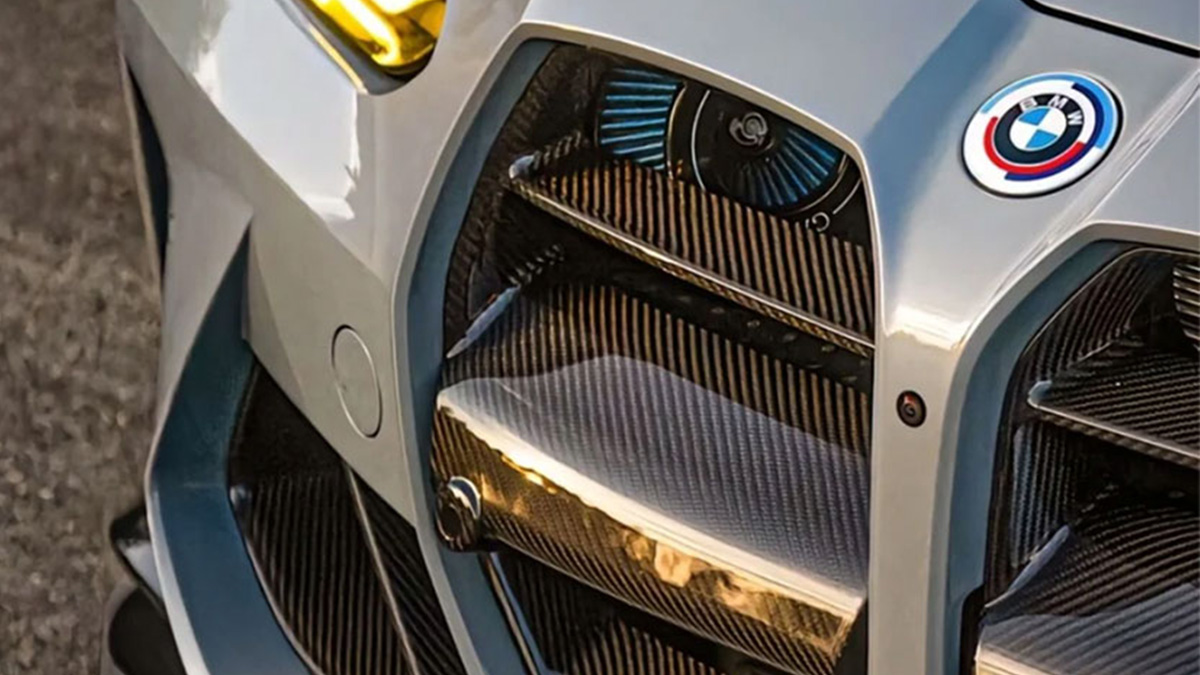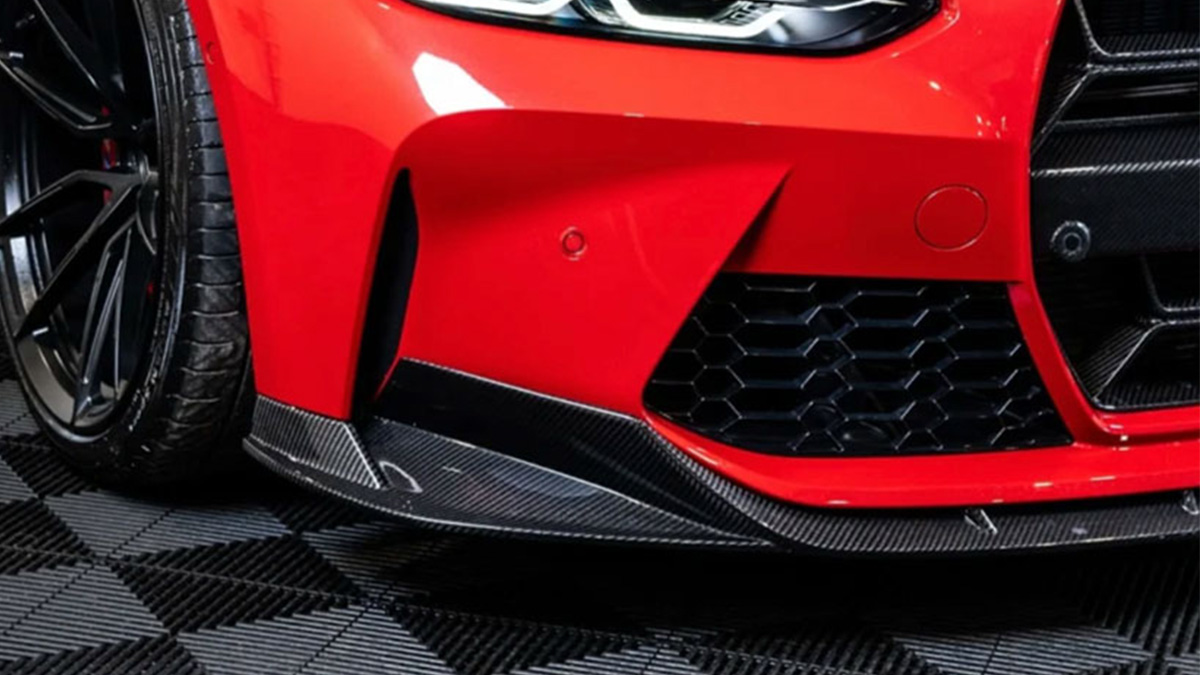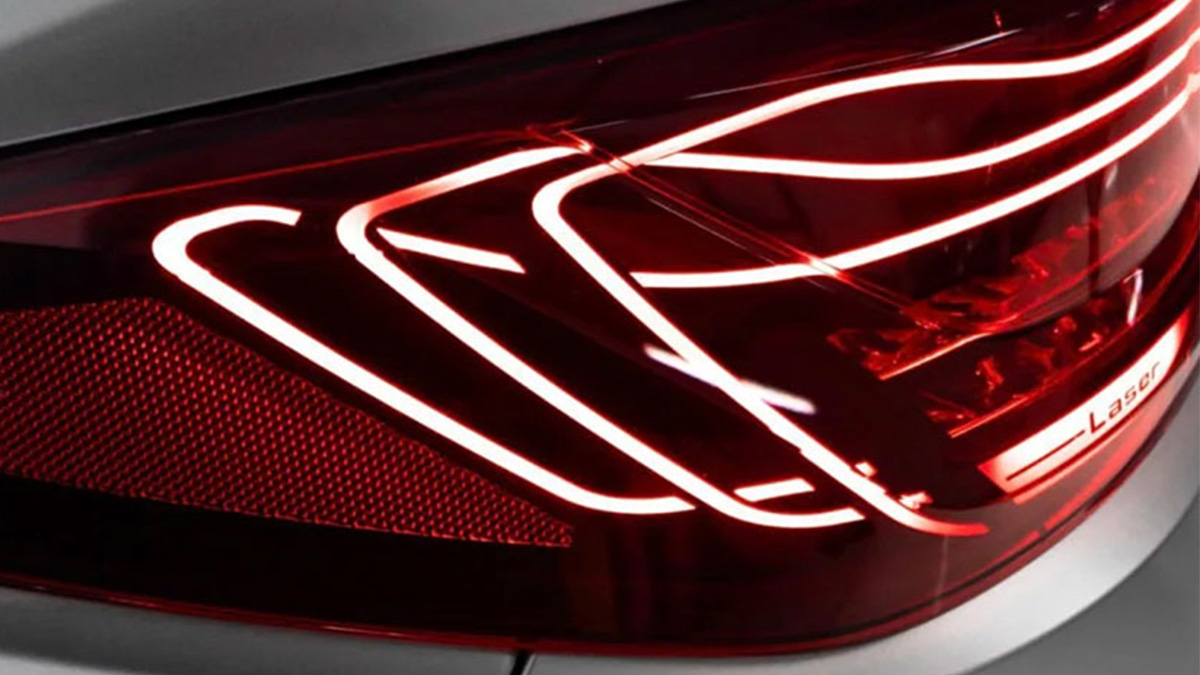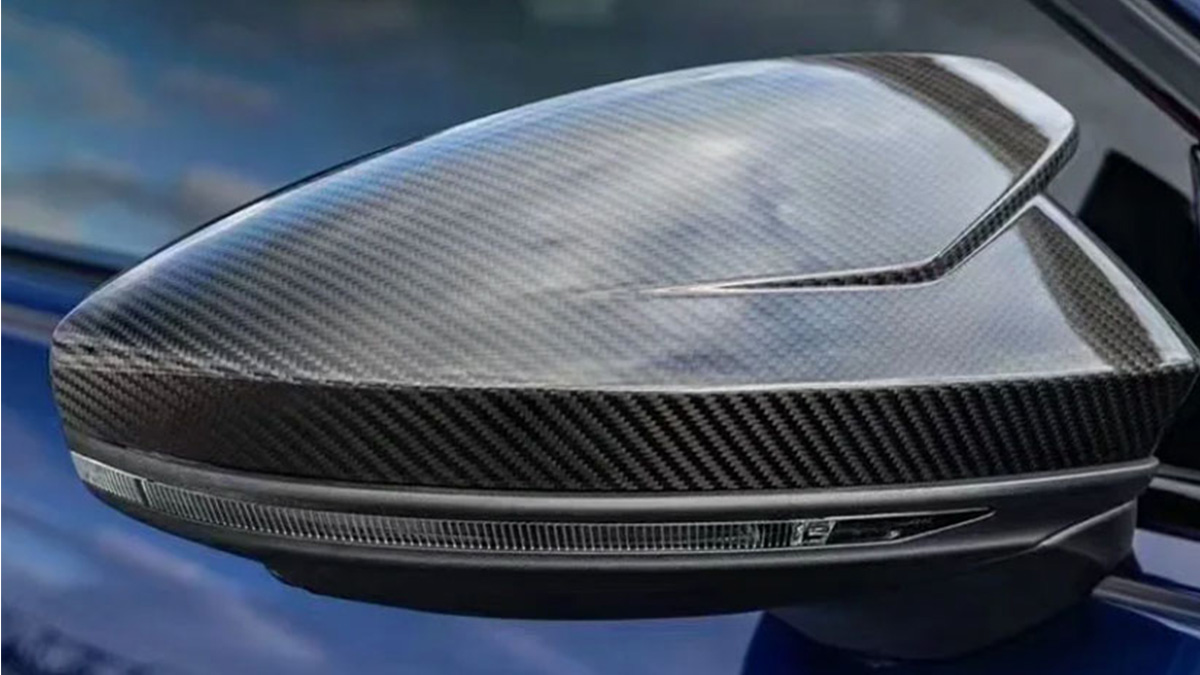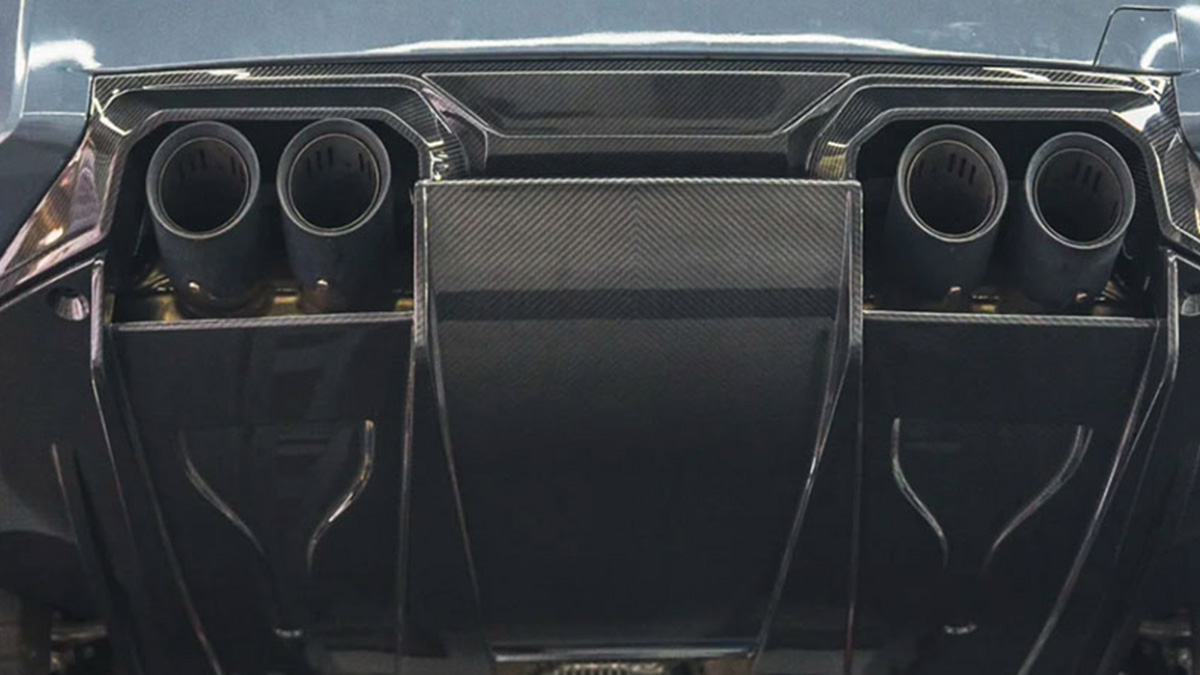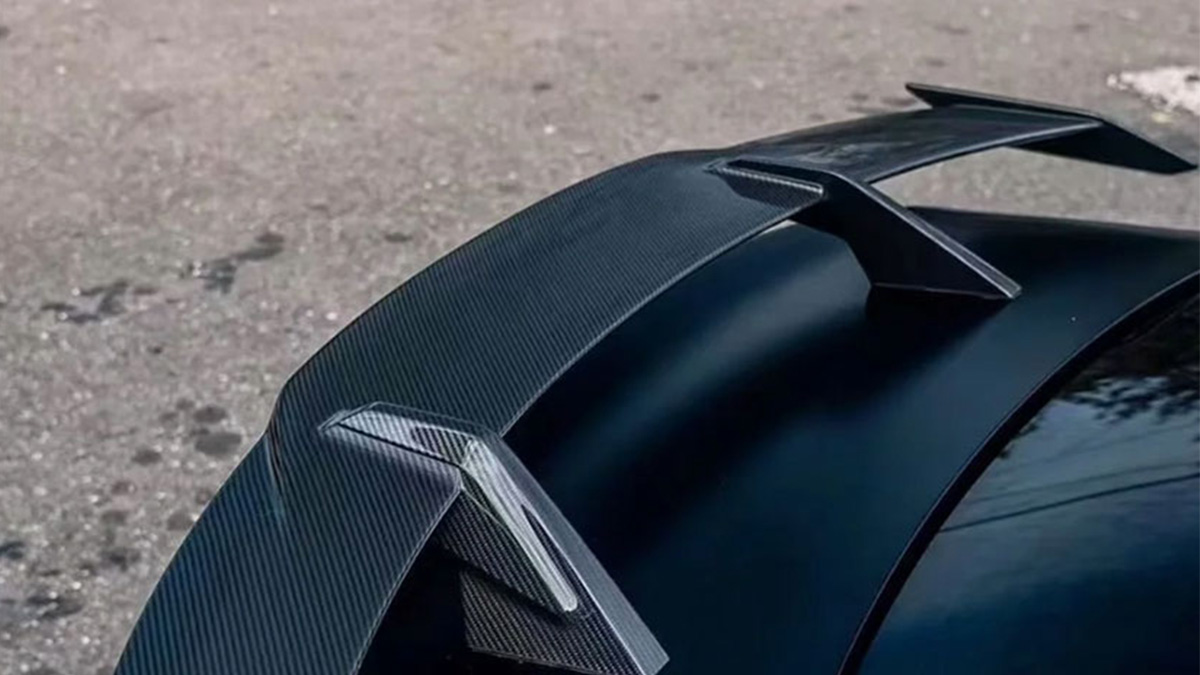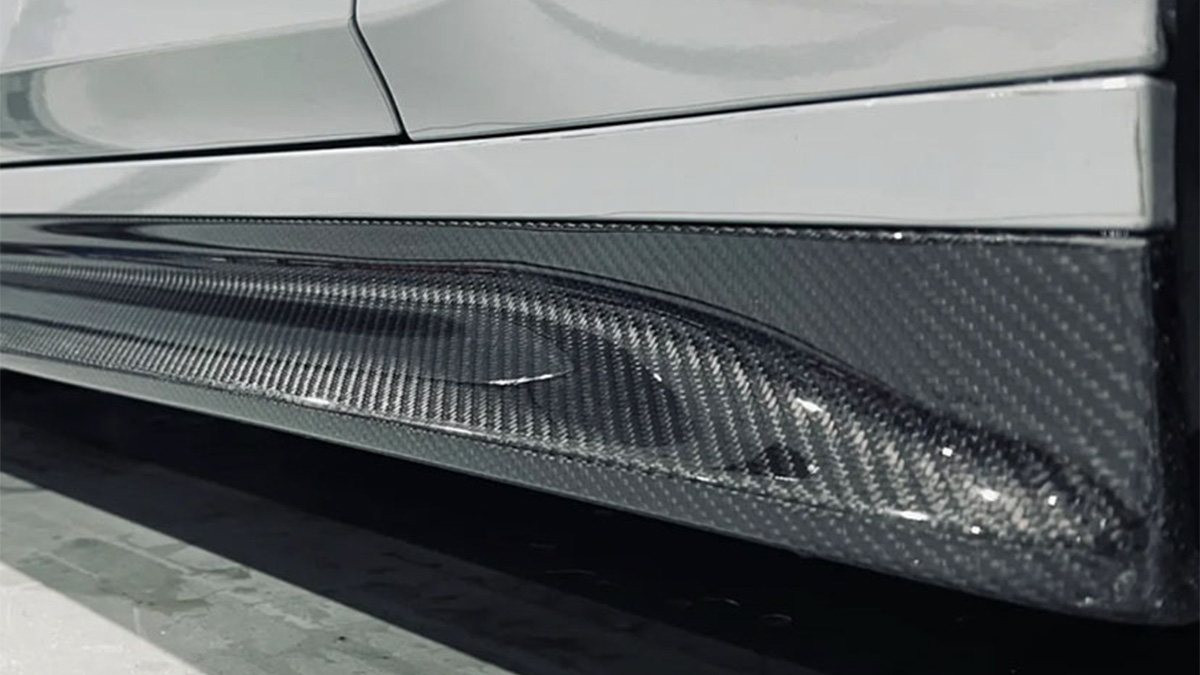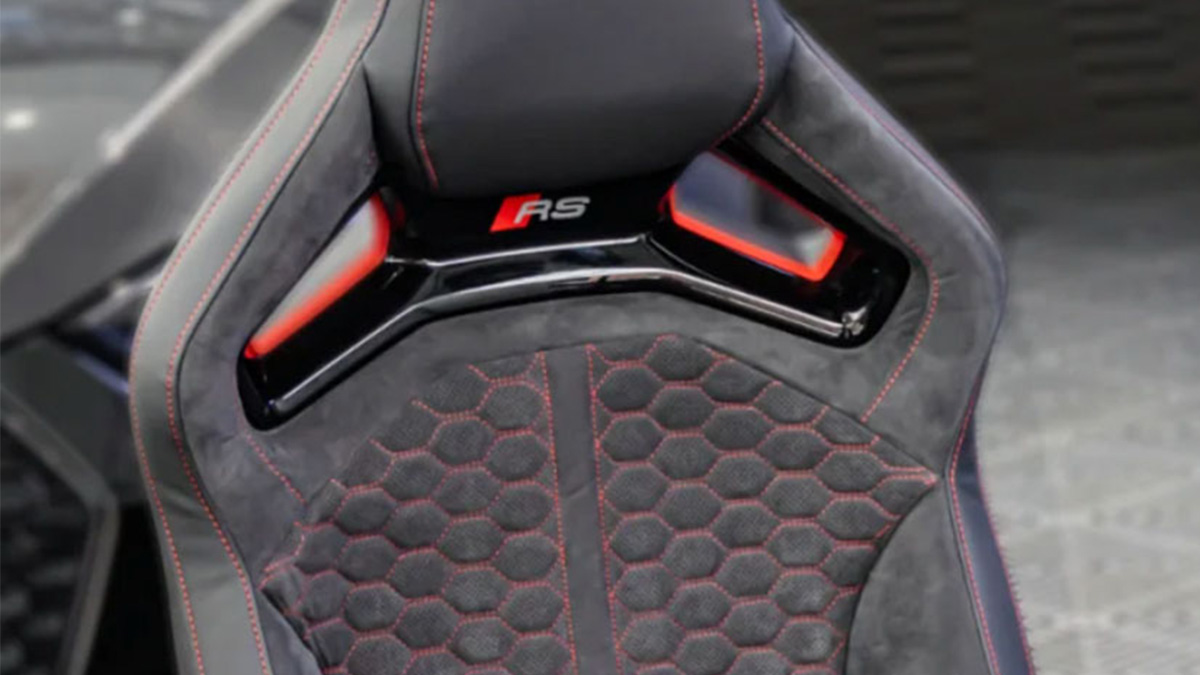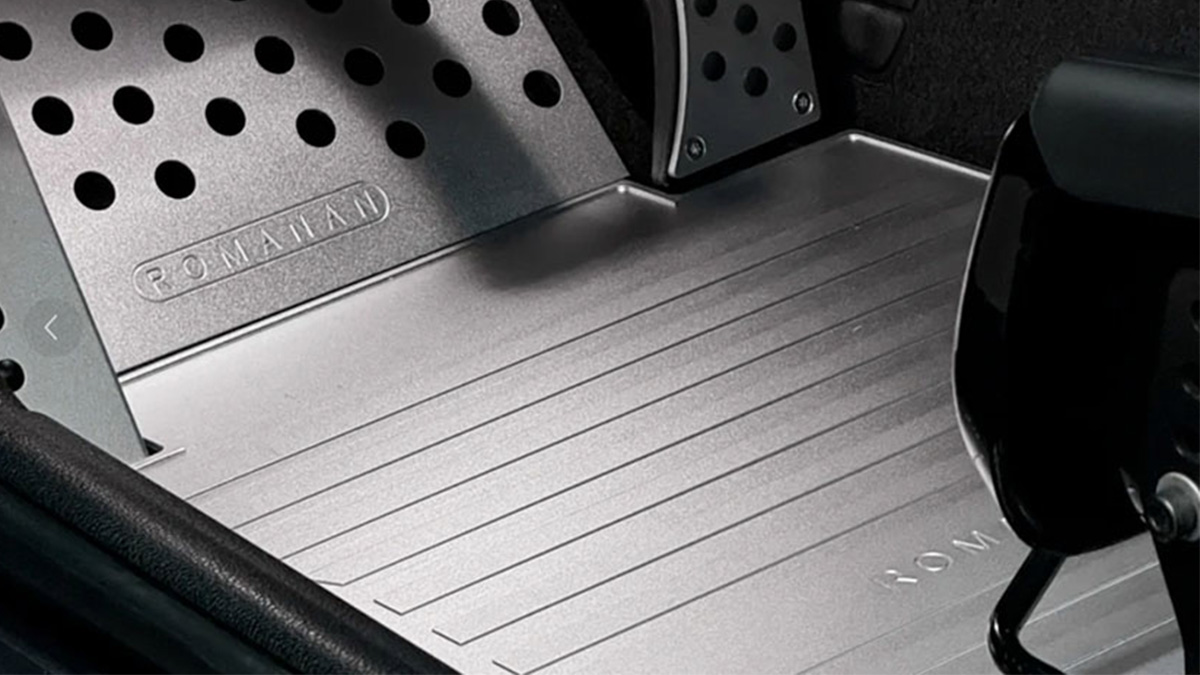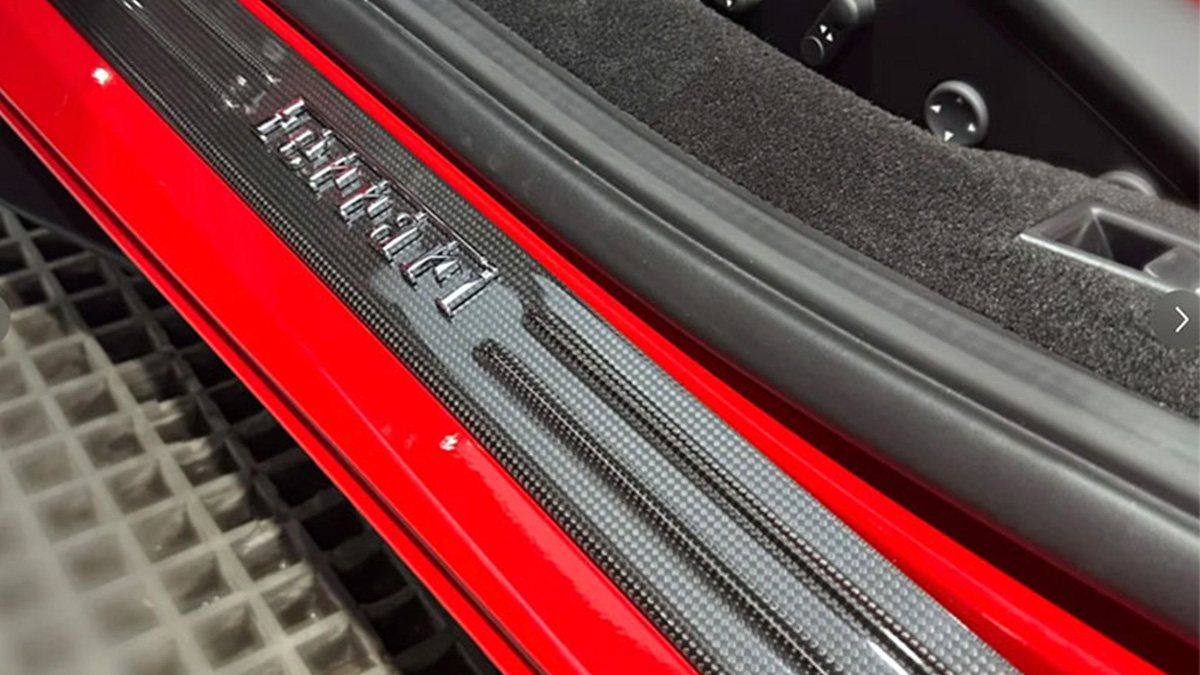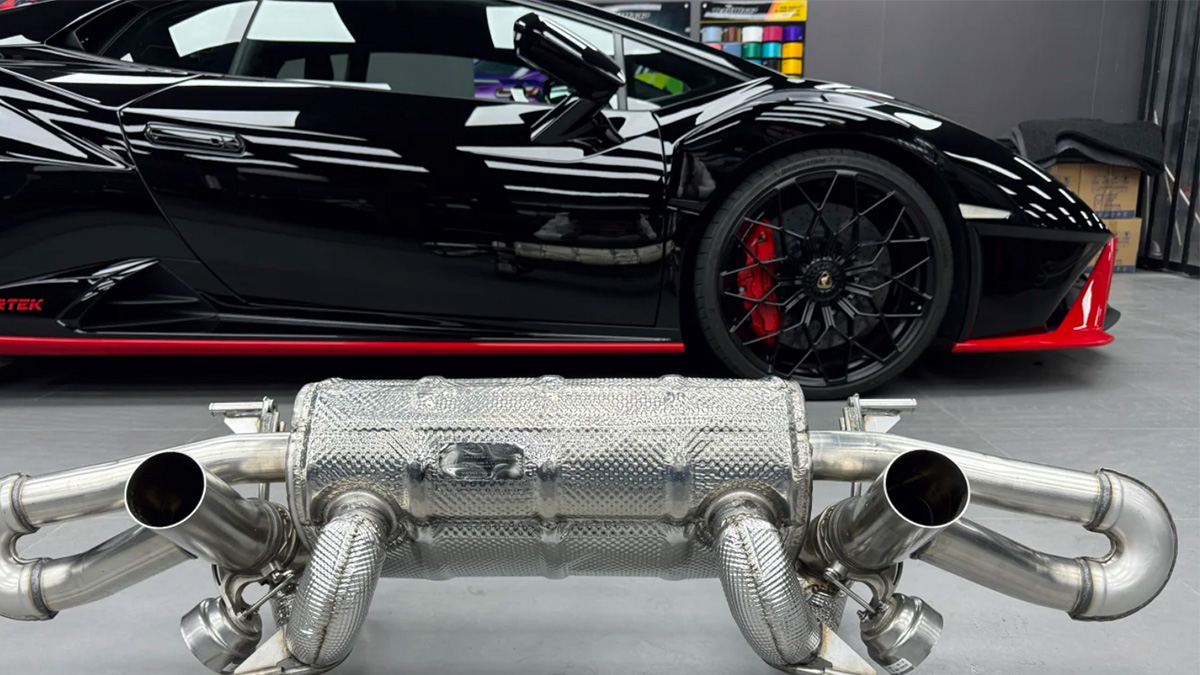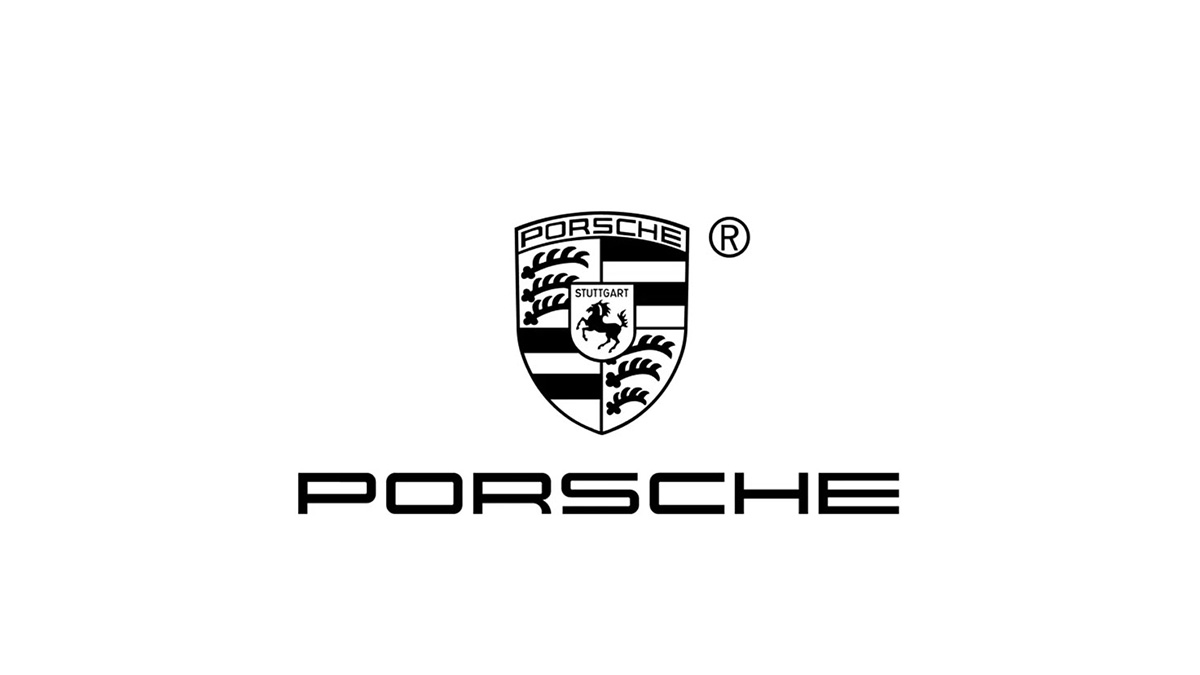The Evolution of Sprint Car Racing and Its Impact on Motorsports

Sprint car racing offers you an adrenaline-filled experience unlike any other motorsport. These lightweight, high-powered machines dominate dirt tracks, thrilling fans with their speed and agility. Over the years, this sport has driven innovation in motorsports. For example, the addition of wings to sprint cars not only enhanced performance but also set new safety standards. The evolution of designs, from early teardrop shapes to modern aerodynamic configurations, reflects the sport’s commitment to progress. Despite these changes, the core engineering principles of the sprint car era remain intact, showcasing a perfect blend of tradition and innovation.
Principales conclusiones
Sprint car racing is fast and exciting for fans and drivers.
The sport has changed a lot with new wings and engines.
It helps drivers learn skills for big leagues like NASCAR and IndyCar.
Famous events like the Knoxville Nationals bring fans together and show its importance.
Sprint car racing’s new technology has improved other motorsports around the world.
The History of Sprint Cars

Early Beginnings
The roots of sprint car racing trace back to the years following World War I. During this time, rural communities embraced dirt track racing as an exciting pastime. You would have seen modified stock cars with larger engines dominating these early events. These vehicles, often built from disassembled Model T Fords, showcased the ingenuity of local mechanics and racers.
Dirt tracks played a crucial role in shaping the sport. Their unpredictable surfaces demanded skill and courage, creating a thrilling spectacle for fans. By the late 1940s, sprint cars had become a staple on half-mile dirt ovals across the United States. This period marked the transition from basic, home-built machines to specialized racing vehicles. The introduction of winged sprint cars in the late 1950s revolutionized the sport, improving both speed and stability.
The Formation of Organized Racing
As sprint car racing grew in popularity, the need for structure became evident. Leagues and associations began forming to establish rules and promote the sport. These organizations provided a platform for racers to compete consistently and fairly.
Several key milestones shaped the early decades of organized sprint car racing:
The establishment of regional racing leagues in the 1930s and 1940s.
The standardization of vehicle specifications to ensure competitive balance.
The creation of iconic events like the Knoxville Nationals, which drew national attention.
These developments laid the foundation for the modern era of sprint car racing. They also helped unify the sport, making it accessible to fans and racers alike. Today, the history of sprint cars reflects a journey of innovation, passion, and community spirit.
The Technical Evolution of Sprint Car Racing

Engine and Performance Advancements
Sprint car engines have undergone remarkable transformations over the years. Early models relied on basic four-cylinder engines, but the introduction of flathead V8s in the 1950s marked a turning point. Today, sprint car engines are engineering marvels. You’ll find that modern sprint cars often feature naturally aspirated, methanol-injected American V8 engines with a displacement of 410 cubic inches. These engines can reach speeds of up to 9000 rpm, delivering over 800 horsepower. This incredible power-to-weight ratio even surpasses that of Formula One cars.
The transition to high-performance engines has significantly boosted speed and reliability. For instance, lap times at the Knoxville Nationals have dramatically improved. In 1976, Don Maxwell completed a lap in 22.387 seconds. By 2022, Rico Abreu had reduced this to an astonishing 15.769 seconds, showcasing the impact of advanced sprint car technology.
Fuel injection and turbocharging have also played a role in enhancing performance. Methanol fuel not only increases power but also improves engine cooling, making it ideal for the intense demands of sprint car racing.
Aerodynamics and Design Innovations
Aerodynamics has revolutionized sprint car racing. The addition of wings in the late 1950s was a game-changer. These wings provide downforce, improving traction and control, especially on dirt tracks. You’ll notice that modern sprint cars use lightweight chassis and wider tires to handle the increased horsepower.
The wings also enhance safety by reducing the chances of cars becoming airborne during high-speed turns. This innovation allows drivers to maintain better control, leading to faster lap times and more competitive races. The evolution of sprint car components, such as the integration of aerodynamic designs, has made the sport both thrilling and safer for participants.
Safety Features in Modern Sprint Car Racing
Modern sprint car racing prioritizes safety without compromising performance. Roll cages, introduced in the 1960s, protect drivers during rollovers. Fire-resistant suits and helmets with advanced specifications shield drivers from heat and debris.
Recent advancements include fire suppression systems, which became mandatory in the World of Outlaws NOS Energy Drink Sprint Car Series in 2023. These systems, combined with emergency shut-off switches and quick-detach steering wheels, enhance driver protection.
Track safety has also improved. Stronger, lightweight materials like carbon fiber are now used in chassis construction. Safety cells surround drivers, reducing the impact of collisions. Devices like the HANS system limit head and neck movement during crashes, minimizing severe injuries. These innovations reflect the sport’s commitment to sprint car safety.
Cultural and Competitive Impact of Sprint Car Racing
Key Figures and Influencers
Legendary drivers and their contributions
Sprint car racing owes much of its popularity to legendary sprint car drivers who pushed the sport to new heights. Steve Kinser, often called “The King of the Outlaws,” dominated the World of Outlaws series with over 690 wins, setting a benchmark for excellence. Sammy Swindell, another iconic figure, showcased unmatched consistency and skill, earning multiple championships. These drivers not only thrilled fans but also inspired a new generation of racers to take up the challenge of sprint racing cars.
Visionaries like Bud Miller and Ted Johnson also played pivotal roles. Bud Miller founded the all star circuit of champions, creating a competitive platform that became a model for other leagues. Ted Johnson, the mastermind behind the World of Outlaws series, transformed sprint car racing into a nationally recognized sport. Their contributions laid the groundwork for the sport’s growth and professionalization.
Role of team owners and engineers in shaping the sport
Behind every successful driver stands a team of dedicated owners and engineers. Team owners invest in cutting-edge technology and provide the resources needed to compete at the highest level. Engineers constantly innovate, refining sprint racing cars to maximize speed and safety. Their efforts ensure that the sport remains competitive and thrilling for fans.
Iconic Events and Series
The Knoxville Nationals and its significance
The Knoxville Nationals is the crown jewel of sprint car racing. Often compared to the Super Bowl, this event attracts the best sprint car drivers from around the world. Held annually at Knoxville Raceway, it showcases the pinnacle of the sport. The intense competition and electric atmosphere make it a must-see event for fans. Winning the Knoxville Nationals is considered the ultimate achievement in sprint car racing, cementing a driver’s legacy.
The World of Outlaws and its impact on the sport
The World of Outlaws series, established in 1978, revolutionized sprint car racing. It brought structure and visibility to the sport, raising its profile across the United States. The series runs from February to November, featuring iconic tracks like Eldora Speedway and Williams Grove Speedway. By promoting high-level competition, it has become the premier platform for showcasing top talent. The World of Outlaws series continues to drive the sport’s growth and popularity.
Community and Grassroots Appeal
Sprint car racing’s dedicated fanbase
Sprint car racing thrives on its passionate fanbase. You’ll find fans who travel across states to attend races, creating a vibrant and supportive community. The sport’s accessibility allows fans to interact with drivers and teams, fostering a unique connection. This dedication keeps the spirit of sprint car racing alive and ensures its continued success.
Regional differences in racing culture
Regional variations add richness to the culture of sprint car racing. In the Midwest, dirt tracks dominate, with events like the Knoxville Nationals drawing massive crowds. On the West Coast, you’ll notice a focus on technical precision and innovation. Each region brings its own flavor, contributing to the sport’s diversity and appeal.
Influence of Sprint Car Racing on Motorsports
Driver Development and Career Pathways
Sprint car racing as a stepping stone for NASCAR and IndyCar
Sprint car racing has become a vital training ground for drivers aiming to compete in top-tier series like NASCAR and IndyCar. The sport’s demanding nature sharpens your reflexes and decision-making skills. Dirt tracks, with their unpredictable surfaces, teach you how to adapt quickly and maintain control under pressure. These skills translate well to other forms of racing, where precision and adaptability are crucial. Many drivers credit their sprint car experience for preparing them to handle the challenges of high-speed, professional racing.
Notable drivers who transitioned to other motorsports
Several iconic drivers began their careers in sprint car racing before achieving success in other disciplines. Tony Stewart, a three-time NASCAR Cup Series champion, honed his skills on dirt tracks. Similarly, Jeff Gordon, one of NASCAR’s greatest drivers, started in sprint cars, where he developed his aggressive yet calculated driving style. These drivers exemplify how sprint car racing serves as a launchpad for success in american motorsports.
Technological Contributions to Motorsports
Innovations in sprint cars adopted by other disciplines
Modern sprint car technology has influenced various aspects of american motorsports. For example, the use of wings to enhance downforce and stability originated in sprint car racing. This innovation has since been adopted by other racing formats, improving both performance and safety. A comparison between a mid-70s sprint car and a modern sprint car reveals that many technological advancements, such as lightweight chassis and aerodynamic designs, have persisted and inspired innovations in other disciplines.
Influence on track design and maintenance
Sprint car racing has also impacted track design and maintenance. Dirt tracks, a hallmark of the sport, require meticulous preparation to ensure fair and safe competition. Techniques developed for maintaining these tracks, such as moisture control and surface grading, have been adopted by other racing series. These practices improve track conditions, enhancing the overall racing experience.
Global Reach and Inspiration
Expansion of sprint car racing to international markets
Sprint car racing has grown beyond its American roots, gaining popularity in countries like Australia and New Zealand. International events now attract top drivers, showcasing the sport’s global appeal. This expansion has introduced new fans to the excitement of modern sprint car racing, fostering a worldwide community of enthusiasts.
Its role in inspiring other motorsport formats
The innovations introduced by sprint car racing have set benchmarks for other motorsport formats globally. The use of wings, for instance, has influenced car design in Formula One and other series. Additionally, the establishment of the World of Outlaws Series in 1978 provided a structured framework that inspired the organization of other racing leagues. Sprint car racing continues to shape the future of american motorsports by driving innovation and inspiring new formats.
Sprint car racing has come a long way, evolving from humble beginnings on dirt tracks to a globally recognized motorsport. You’ve seen how its innovations in design, safety, and performance have shaped the racing world. The sport’s cultural impact, from its passionate fanbase to iconic events like the Knoxville Nationals, continues to inspire.
Consejo: If you’ve never experienced a sprint car race, now is the time! Witnessing the speed, skill, and excitement firsthand will leave you in awe. Explore a local event or plan a trip to a major race—you won’t regret it!


